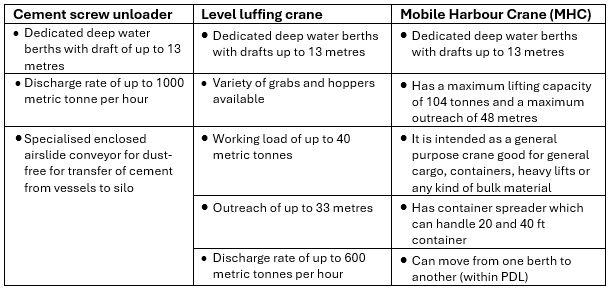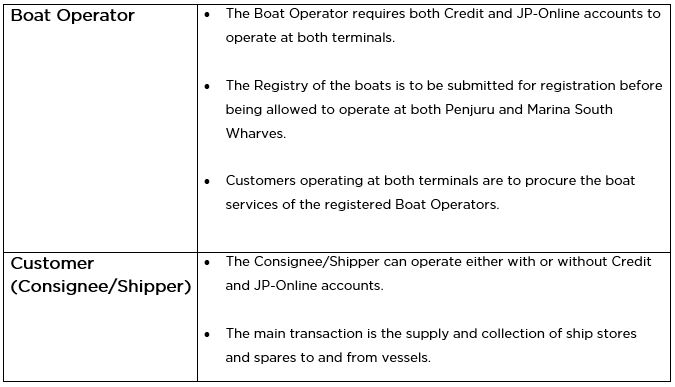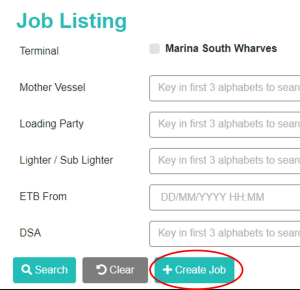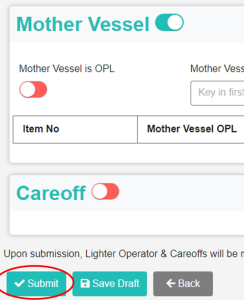Jurong Port is a multi-purpose port with the expertise to handle varying weights and dimensions of general/break bulk cargoes safely and efficiently. These cargoes include but are not limited to steel, metals, machinery, rubber, timber, project cargoes, livestock and paper products.
Jurong Port is your single point of contact that integrates all port services for customers from berth, open yard and warehouse allocations to the supply of stevedoring services, equipment, storage solutions, cargo staging and transportation.
Click here for more information.
- Supply of ship stores to vessels berthed alongside JP is normally on the request of vessel owner agent.
- Commodities such as provisions and spares are supplied. Shipper with OR without Credit Account can make the supply to the vessels.
(1) The Shipper must login to JP-Online
(2) Select “General Cargo”
(3) Select “Outward Cargo”
(4) Select “Ship store”
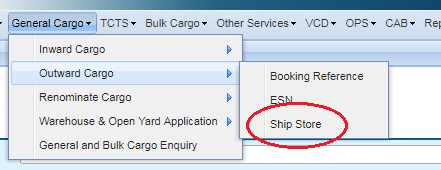
(5) Select vessel & click Add
(6) Create the record and submit
- An Authorised Slip Number (ASN) is generated for the Shipper. The ASN is transacted at the General Cargo counter or Self-Service terminal to clear the cargo and for the payment of charges.
- An Unloading Advice (UA) is obtained. The UA is used to exit the port after delivering the ship stores.
The company is required to e-mail the company’s vessel and ships store details to Documentation and Charges Department at jpdoc@jp.com.sg .
A ship store record is created by Documentation & Charges Department and sent to the company by e-mail. The expected charges (wharfage, service charge and admin fees) will also indicated. The charges must be paid when cargo is transacted at the General Cargo counter after ship store is brought into the port. An Unloading Advice (UA) is provided after the cargo is cleared from the system. Delivery can then be made to the vessel. The UA is used for exiting the port.


